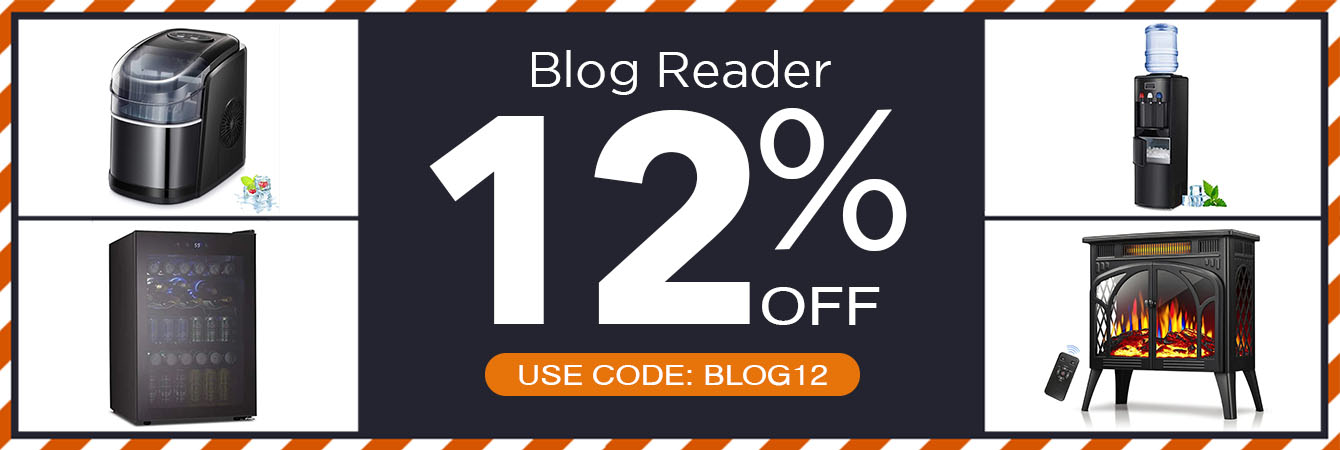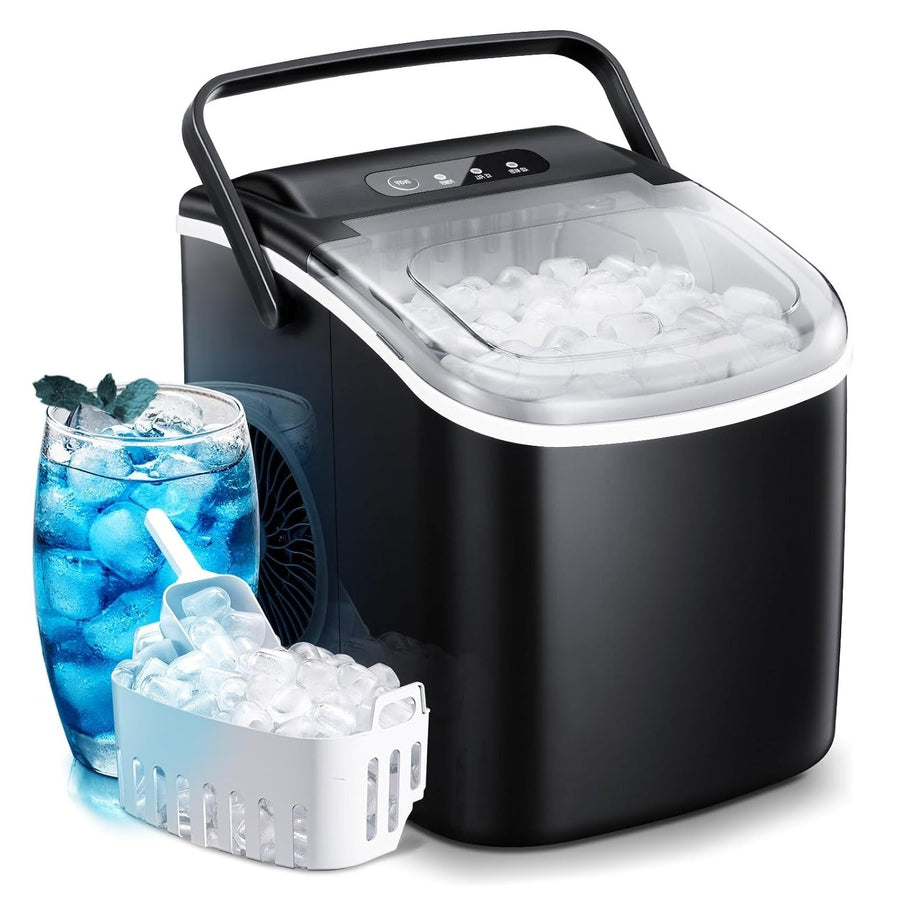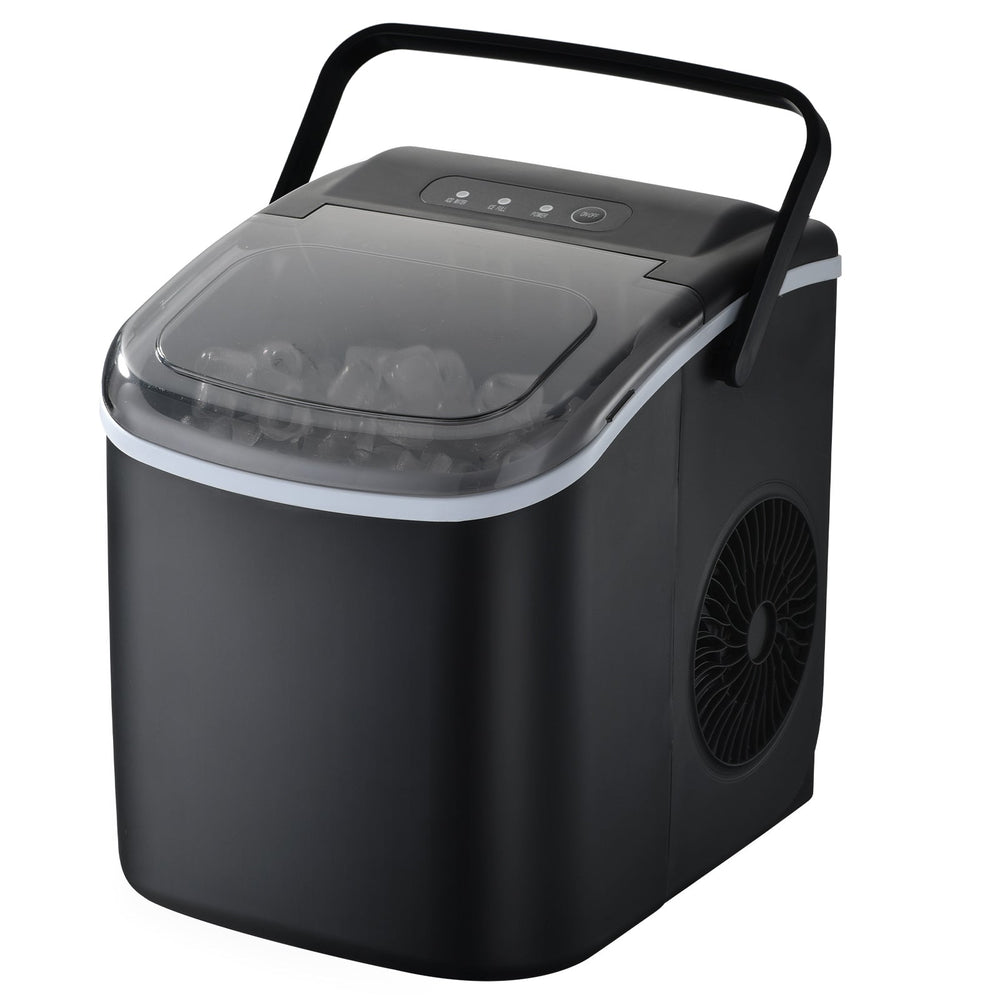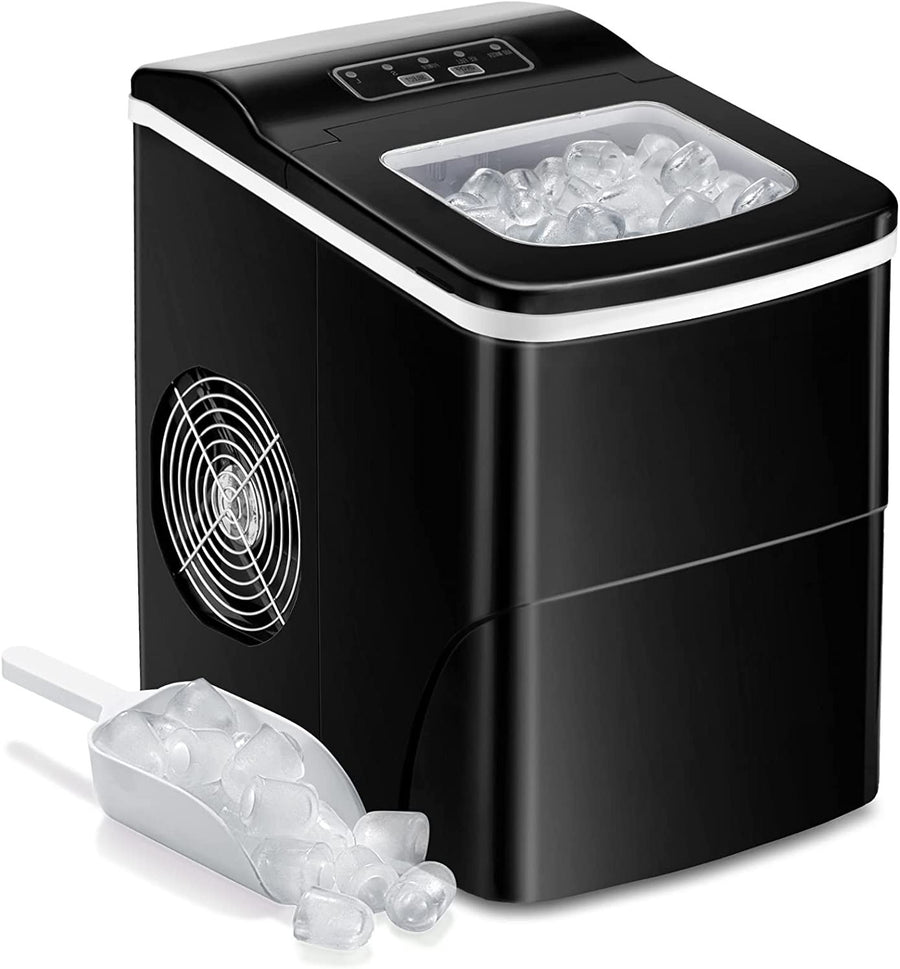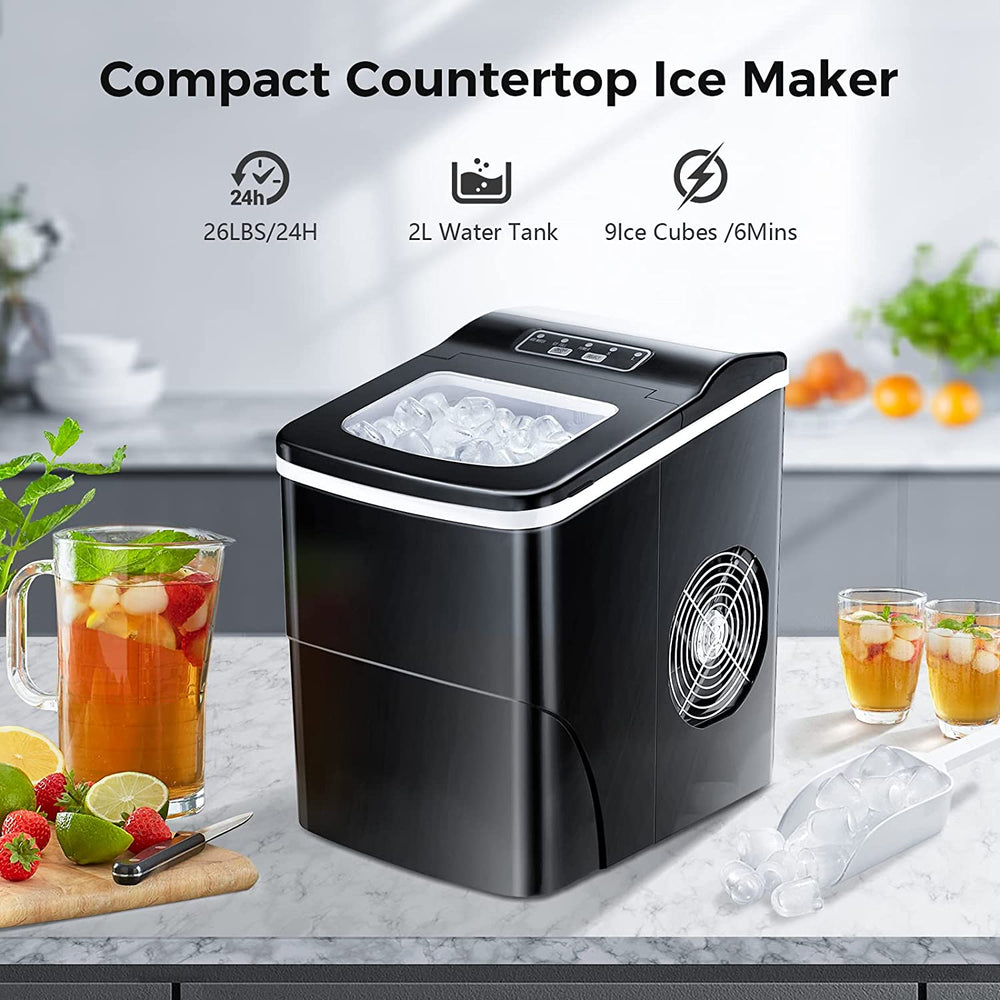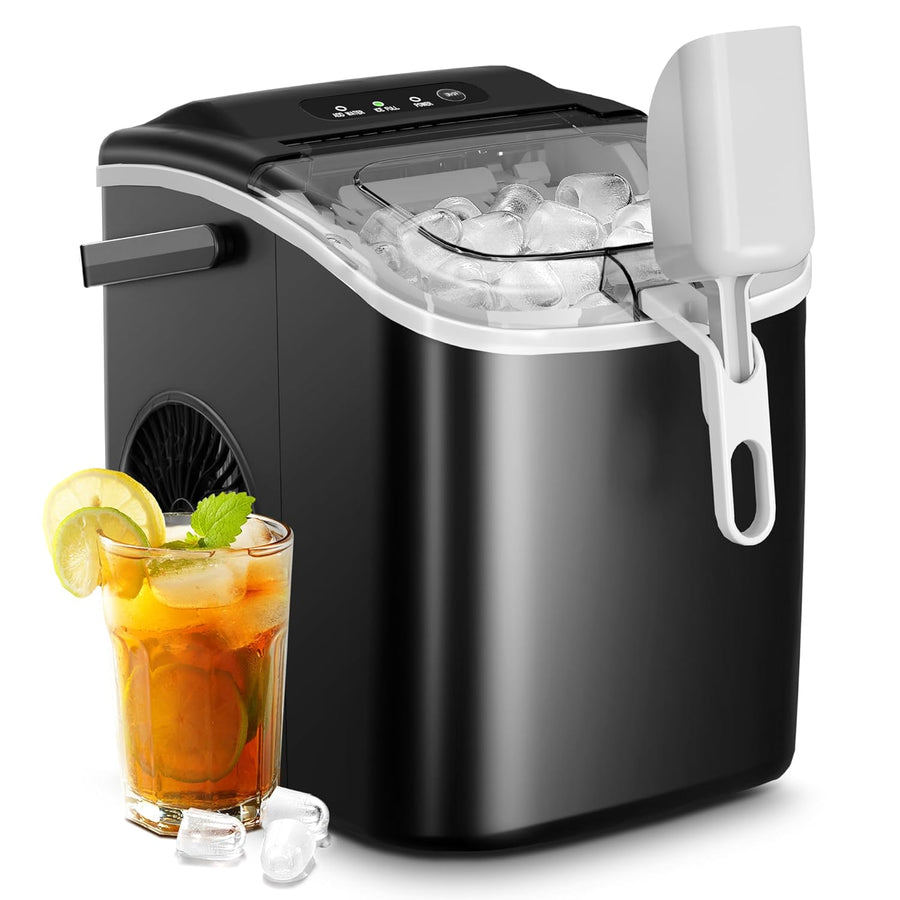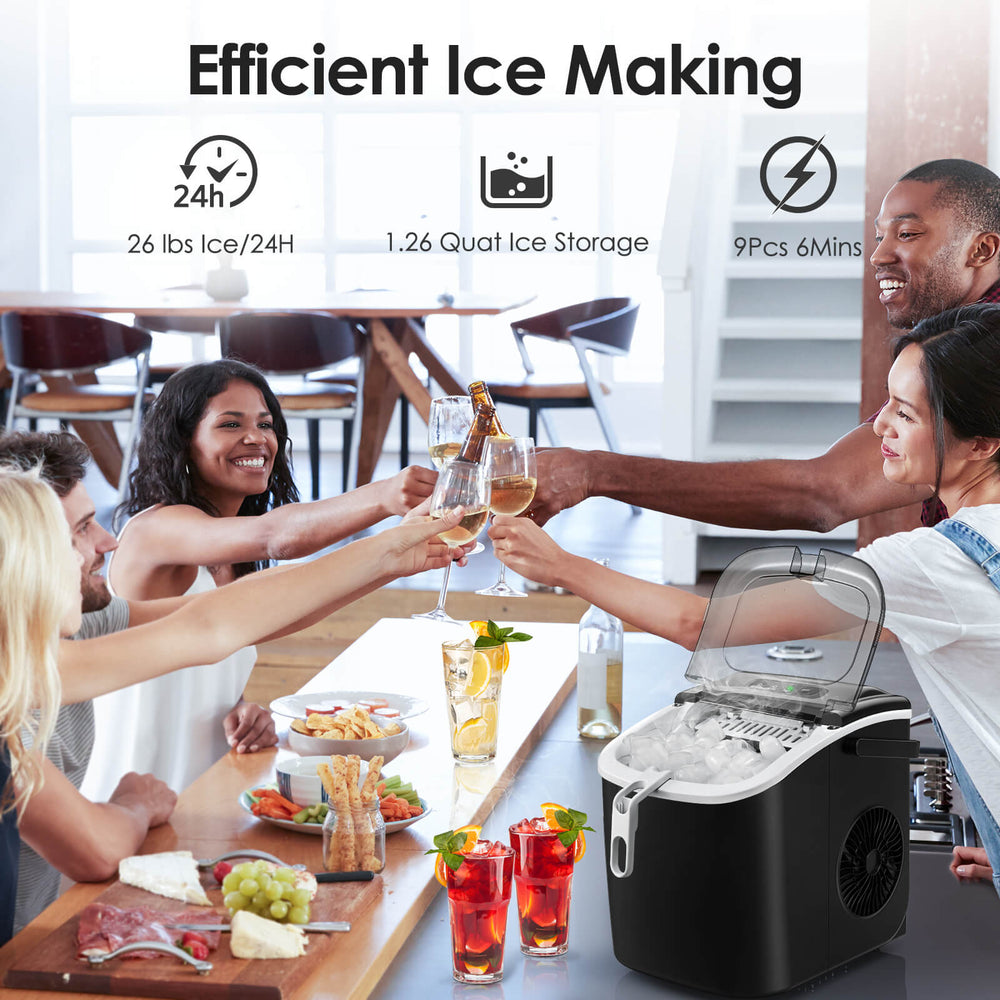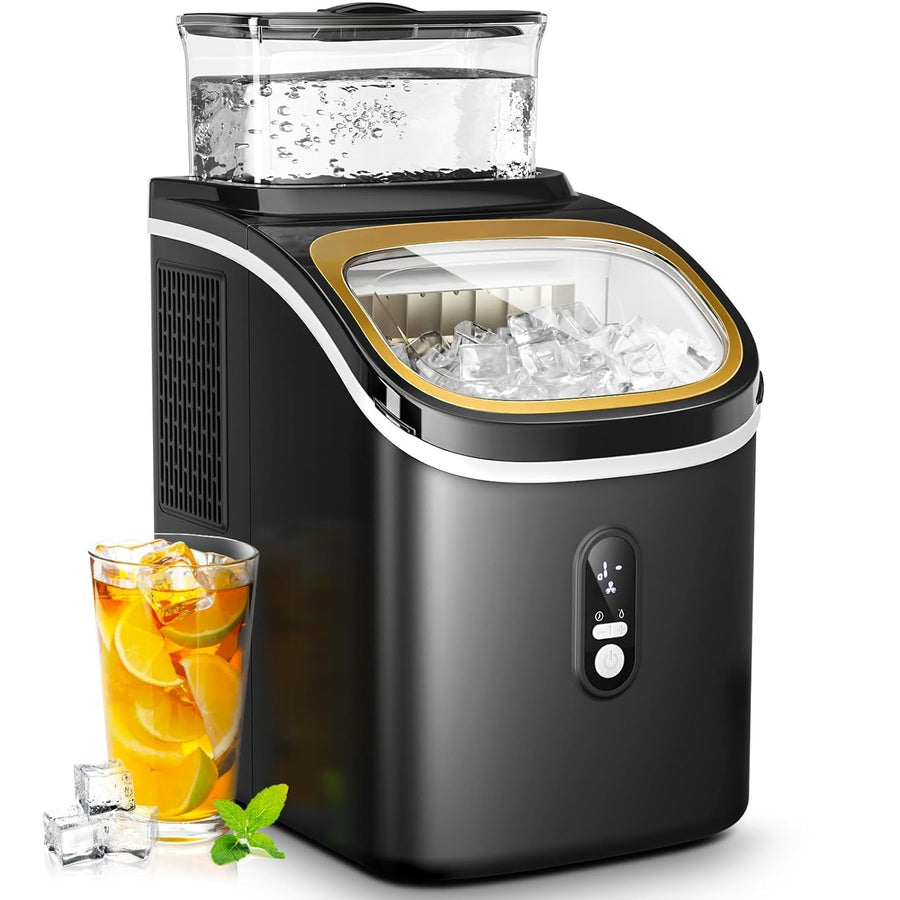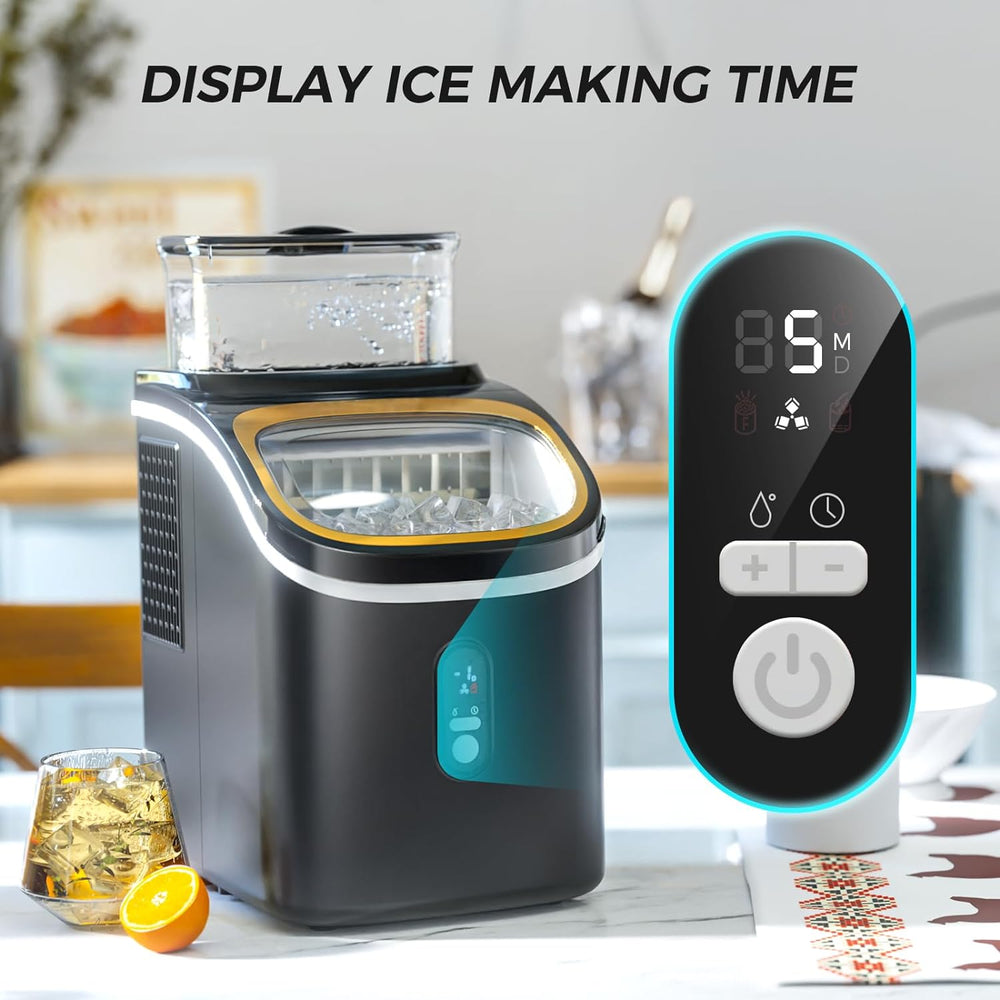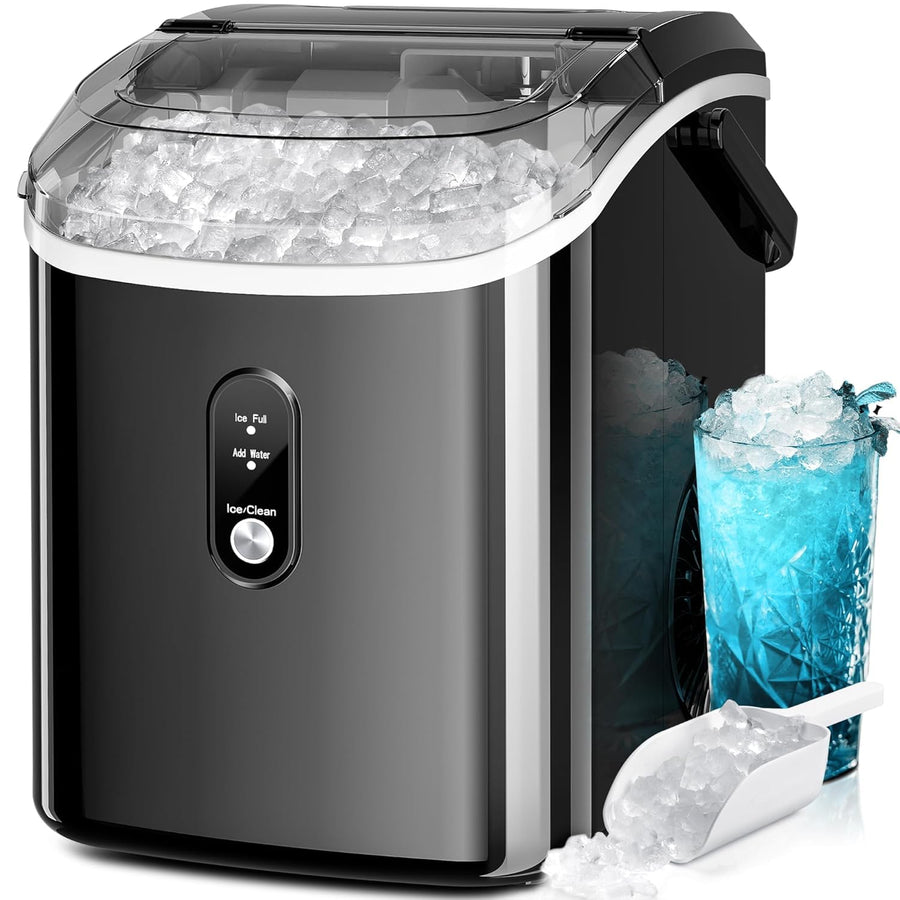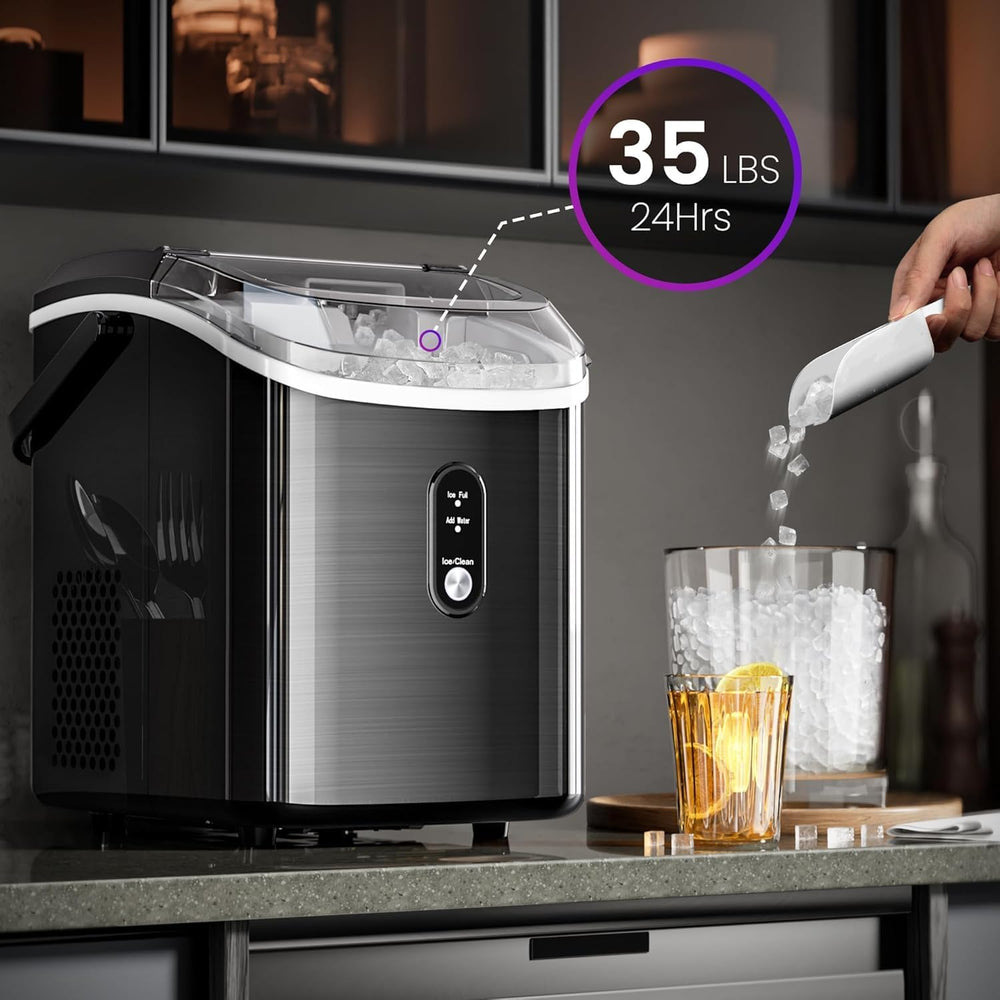Top 5 Signs It’s Time to Replace Your Old Refrigerator
The refrigerator is one of the most frequently used appliances in the home, even refrigerator magnets are extremely popular. yet its maintenance is often neglected. This neglect prevents it from reaching its expected lifespan. Speaking of which, is your refrigerator exhibiting any unusual symptoms—like excessive noise, refrigerator not cooling, or frost buildup in the freezer compartment? Many people hesitate, wondering: Is it worth fixing an old refrigerator? If your refrigerator shows any of the following five signs, it's time to stop agonizing and replace your trusty companion.
1. Unusual Noises

All refrigerators produce some noise because they operate on electricity. Due to their large size, they require significant power and sufficient electrical energy to function, inevitably generating a faint hum. However, if your refrigerator starts emitting a loud, buzzing hum, clicking sounds, or even squeaking noises, it could be sending you a distress signal. These unusual sounds typically indicate issues with the compressor, fan, or motor. Ignoring them may lead to more serious repairs or even complete breakdown.
How to address it:
l Clean the condenser coils to reduce strain on the motor.
l Check for loose parts and secure them.
l If the noise persists, schedule a service inspection — loud, persistent sounds are often the first sign of mechanical failure.
If refrigerator repairs become too frequent and exceeds five times, it's generally advisable to consider purchasing a new refrigerator. However, models like the Kismile 3.2 Cu.Ft. Mini Refrigerator operate at a low noise level of just 38 decibels, making unusual noises a rare occurrence.
2. Inconsistent Temperatures
Has your refrigerator started spoiling milk too quickly or causing vegetables to freeze? This indicates it can no longer maintain a stable temperature, possibly due to a faulty thermostat, worn-out door gaskets, or a malfunctioning cooling system.
How to address it:
l Avoid overloading the refrigerator to ensure proper airflow.
l Replace worn door gaskets to seal in cold air.
l If temperatures continue to fluctuate, calibrate or replace the refrigerator thermostat.
3. Increased Energy Bills
Older refrigerators, especially models that have been in use for a decade or more, are notorious energy guzzlers. If you notice a sudden spike in your electricity bill without changing any household habits, it's time to be on high alert—your refrigerator is likely the culprit. Inefficient compressors, deteriorated insulation, refrigerator wattage increases or failed seals force the refrigerator to work overtime just to maintain its temperature.
How to address it:
l Clean the condenser coils to improve efficiency.
l Make sure the temperature settings are optimal (around 37–40°F for the fridge, 0°F for the freezer).
l Consider replacing the unit if it’s more than 10 years old and showing inefficiency.
4. Excessive Frost or Condensation
A thin layer of frost in the freezer compartment is normal, but excessive frost buildup is not. Similarly, visible condensation inside or outside the refrigerator indicates issues with temperature control or damaged door seals. Frost accumulation obstructs airflow, leading to uneven cooling; condensation may cause mold growth or even spoil stored food. Replace old refrigerator with new is an urgent priority.
How to address it:
l Defrost your freezer and check the door seals for damage.
l Keep doors closed as much as possible to prevent warm, moist air from entering.
l If the problem persists, it may indicate a failing defrost system.
5. Age of the Refrigerator
Since most refrigerators typically have a lifespan of 10 to 15 years, components like compressors and fan motors begin to deteriorate beyond this period. Repair frequency increases, energy efficiency declines, and electricity consumption rises. Continuing to use an old refrigerator may prove more costly in the long run than upgrading to a modern, high-efficiency model. Therefore, replacing it promptly is the most time- and cost-effective choice in the long term.
How to address it:
l Weigh repair costs against the price of a new refrigerator.
l Look for ENERGY STAR® certified appliances to save on energy bills.
l Consider advanced features like adjustable shelving, digital temperature control, and built-in ice makers for added convenience.
Why Choose Kismile Compact Mini Refrigerator?
When your old refrigerator exhibits any of the above five signs, refrigerator replacement is not merely an upgrade to an appliance—it's an investment in enhancing your quality of life. Designed with versatility and modern living in mind, the Kismile mini fridge strikes the perfect balance between storage capacity, performance, and user convenience.
· Multi-Function Storage – Unlike standard single-door mini fridges, this dual-temperature unit features independent refrigerator and freezer compartments. Whether it’s fresh produce, beverages, or frozen treats, you can easily classify and store different types of food without mixing odors or compromising freshness.
· Compact and Convenient – Measuring just 19.37''(D)×18.31''(W)×32.28''(H), it fits seamlessly into dorm rooms, offices, bedrooms, or small apartments, making the most of your limited space while keeping essentials within easy reach.
· Adjustable Temperature – The intuitive three-level dial lets you tailor the cooling to your needs. From refreshing drinks to chilled fruits, you can set the refrigerator (2.24 Cu.Ft) between 32°F–50°F and the freezer (0.96 Cu.Ft) between 3°F to -1°F, ensuring everything stays at the perfect temperature.
· Quiet Operation – With a noise level of only 38dB, this mini fridge runs whisper-quiet. It’s ideal for bedrooms, study areas, or home offices, letting you enjoy cool refreshments without disturbing your peace.
· Flexible Organization – A removable slide-out glass shelf and drawer make it easy to organize snacks, fruits, and vegetables. Need more space for taller bottles or extra storage? Simply adjust or remove the shelf for added flexibility.
The Kismile mini fridge is more than just ordinary refrigeration equipment; it's a tailored solution for those seeking to optimize their living space and enjoy modern cooling technology—combining space-saving design, energy efficiency, and user-friendly operation. Before replacing old appliances, careful consideration should be given based on the actual condition of the refrigerator.










